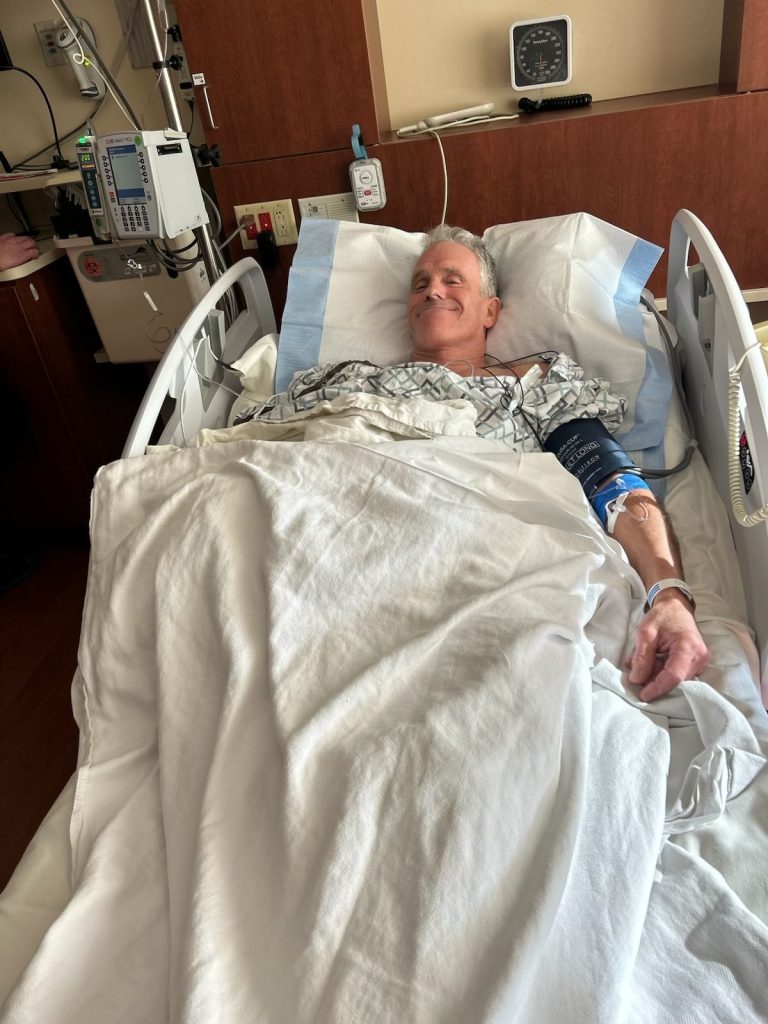For most women, screening mammography is a safe and effective way to detect early breast cancer. Early detection is important because there are more treatment options available and a better chance of survival when breast cancer is caught early.
Charissa Williams, Nurse Practitioner, ThedaCare Cancer Care
Among cancers in American women, breast cancer is common — making up about 30% of all female cancers cases each year, second only to skin cancer.
By the end of 2022, the American Cancer Society (ACS) estimates we’ll see nearly 340,000 new cases of breast cancer, and more than 43,000 women will die from the disease. But if the tumor is caught early, experts say there’s a more than 90% survival rate.
October is Breast Cancer Awareness Month, a time when patients and practitioners share the message about the impact of breast cancer.
ThedaCare Cancer Care Nurse Practitioner Charissa Williams, a hematology & oncology specialist, answers some common questions women have about breast cancer.
Who’s most at risk for breast cancer?
“Women first need to know there are some risk factors that can’t be changed: your age, family history, genetics, race, and being a woman,” Williams says. “However, there are several modifiable factors that can increase your breast cancer risk.”
Those factors include obesity, poor diet, lack of physical activity, alcohol and tobacco use, and certain types of hormone replacement therapy.
What can I do to reduce my risk of breast cancer?
Williams shares some breast cancer prevention tips.
Exercise regularly, at least 150 minutes per week; or better yet, move four to seven hours per week, at a moderate to intense level. Limit alcohol to a maximum of one drink per day. Maintain a healthy weight; ask your provider for guidance on how to achieve that goal. Eat a healthy diet. For new mothers, breastfeed, if you can. Reduce postmenopausal hormone replacement therapy.
When should I get a breast cancer screening?
“For most women, screening mammography is a safe and effective way to detect early breast cancer,” Williams says. “Early detection is important because there are more treatment options available and a better chance of survival when breast cancer is caught early.”
Mammograms can spot tiny tumors, so they typically help catch the disease in its early stages.
Although the incidence rates of breast cancer have increased slightly in recent years (0.5% per year), according to ACS, the death rates in older women (age 50 and older) have decreased by 1% per year.
Medical organizations vary their guidance on the best age to start screening mammograms (some say as early as age 40) and how often to repeat them. The Centers for Disease Control and Prevention provides a comparative chart, Breast Cancer Screening Guidelines for Women, to better sort out the timing and frequency of mammogram screening based on your particular situation.
Williams concludes: “It is very important to discuss your individual screening guidelines with your primary care provider. Those who have a strong family history or certain genetic mutations (BRCA1 or BRCA2) often have earlier screening guidelines than the general population.”
This year, the National Breast Cancer Foundation is emphasizing an approach called RISE — Rally In Screening Everyone — to ensure every woman has access to breast screenings and the support she needs.
There are more than 3.8 million breast cancer survivors in the United States. Learn more about breast cancer screenings and treatments at ThedaCare.
Schedule Your Mammogram Using MyThedaCare
The post Reducing Your Risk of Breast Cancer appeared first on ThedaCare.

Leave A Comment